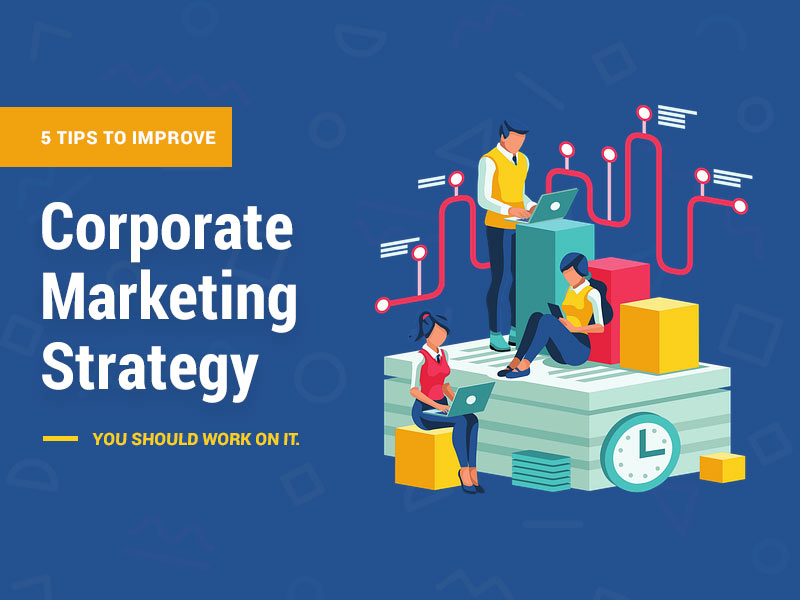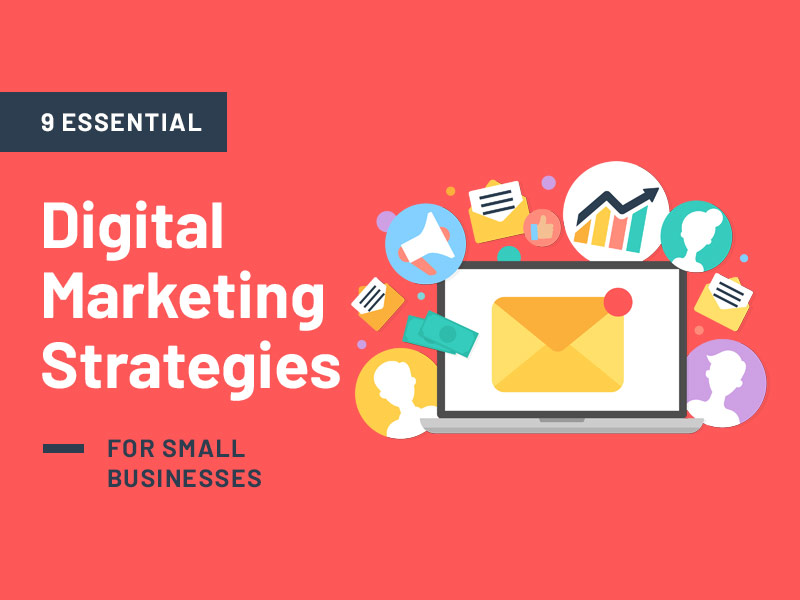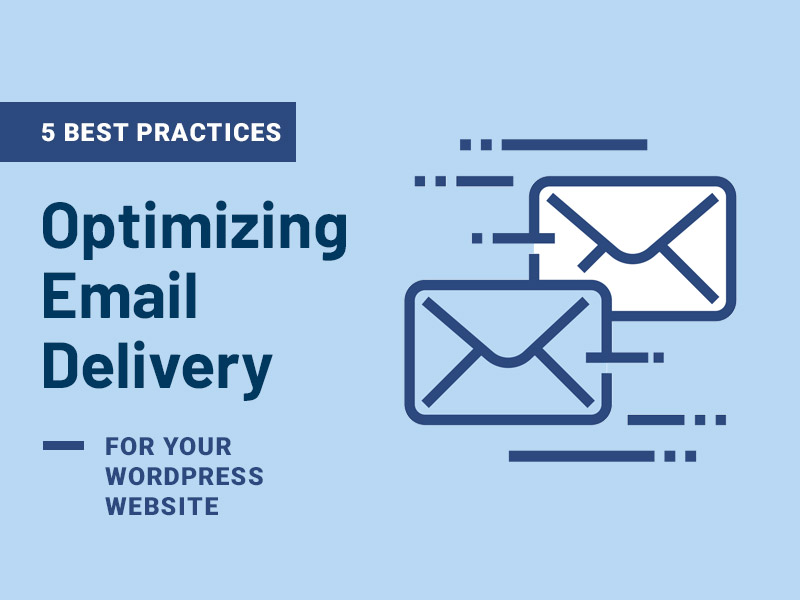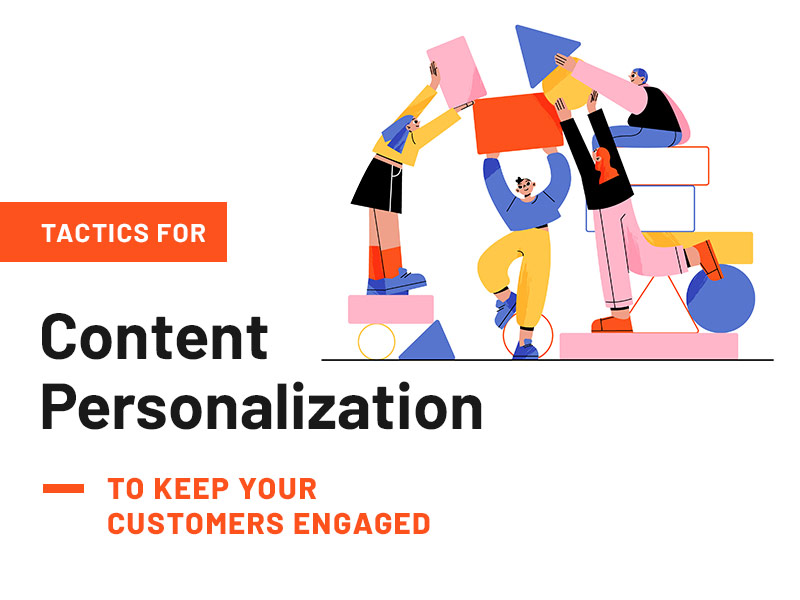Modern developing business and their marketing teams recognize the importance of lead generation data. Be it a small starting company or a world-known enterprise, every business builds up its own unique database that sustains and boosts the marketing process. This is why about 53% of marketers spend at least half of their budget on lead generation.
To generate high-quality leads, you need to utilize all the possible lead sources out there, starting from the traditional ones to the trending practices, now it being social media. We have put together a pillar article on social media best practices and some tips on how to leverage a database that leads to high conversions.
What is a lead database?
A lead generation database is an organized collection of consumer information, buying patterns, and histories. These databases are stored in a computer system and are programmed to be quickly accessible. Markets are the main users of the databases, in fact, 50% of them consider lead generation a top priority in their marketing campaigns.
Lead databases provide information about customer preferences and purchases, such as store receipts, credit card purchases, mail orders, inquiries, and various insights on other product purchasing habits and activities. After accessing this information, marketers then apply it to promotions, repeat sales, and cross-selling when multiple products will be promoted to target segments.
Social media lead generation best practices
Marketing on social media is the new powerful tool for lead generation. A study conducted showed that 68% of marketers believe that social media marketing has helped them generate more leads. Here are some of the best practices for lead generation using social media.
Facebook lead generation
Facebook is currently one of the biggest social media platforms. It has a majority of features to help with marketing; the absolute favorite of many professionals is the Lead Ads. Facebook Lead Ads works as a built-in ad with a form that collects users’ names, phone numbers, email addresses, etc. This function is so great because instead of sending users to landing pages, the whole conversion happens on the platform itself.
LinkedIn lead generation
LinkedIn is a rather professional type of social media network, with users from all over the world; a great number of leads come from LinkedIn. Its lead generation feature is known as the LinkedIn Lead Gen Form. Similar to Facebook Lead Ads, you can collect users’ details right there on the platform. You should have a clearly defined LinkedIn lead generation strategy that will have personalized outreach and quickly connect you with your target demographic if you want to receive the best LinkedIn leads. Tools like LinkedIn post generators create customized post templates tailored to engage professional connections and industry followers.
TikTok lead generation
TikTok is one of the fastest-growing apps, with a massive audience that grows by the day. As the platform has been expanding, it introduced a lead generation tool for businesses known as TikTok lead generation ads.
As well as with the previous social media networks, users can share their contact details straight on the platform, and so can businesses collect them. The ads have customizable pre-built forms that are very easy to auto-fill on mobile devices.
Instagram lead generation
Instagram might be one of the most business-influenced social media platforms. Almost any business you can think of has an Instagram account used for marketing and displaying content, and if you ask almost anyone, they are sure to be following a business page on Instagram. As for the lead generation tool, Instagram has its own, called Instagram Lead Generation Ads. This feature has the same concept of working as Facebook Lead Ads.
How to leverage a lead database to drive a high conversion
Here are the main ways marketers can use databases to drive higher conversions and efficiently use collected data:
Data-driven segmentation
The customer’s expectations are always evolving. When once it was enough to have some personal data to convert a prospect, now it is just not enough. You now need more details about a prospect, how often they interact, and insights on their journeys as a buyer. With this information, a marketer can design highly customized and targeted campaigns that will guarantee higher conversions.
Creating a predictive analysis
Predictive marketing is the future of doing business. By analyzing historical leads and data from databases, marketers can predict buyers’ journeys and identify crucial factors in customer decision-making. As we have established, the more a marketer knows about its prospects, the higher conversion rates they can produce.
Seamless experience through a multi-channel approach
A seamless customer experience it was all marketers aim for, and for this to happen, you need to have information about a lead from all possible channels. One source won’t give you insights on a prospect. A buyer’s journey should be monitored through all devices and channels for a seamless strategy to take part.
Conclusion
Having a solid lead generation best practices, database and lead strategies is important for modern growing businesses. It’s a way to build brand awareness, convert prospects, and increase revenue. It’s crucial to remember that collecting a ton of data is a relatively easy job, whereas managing it can get overwhelming. Always pay attention to bad data and use folders to organize leads by segments.






